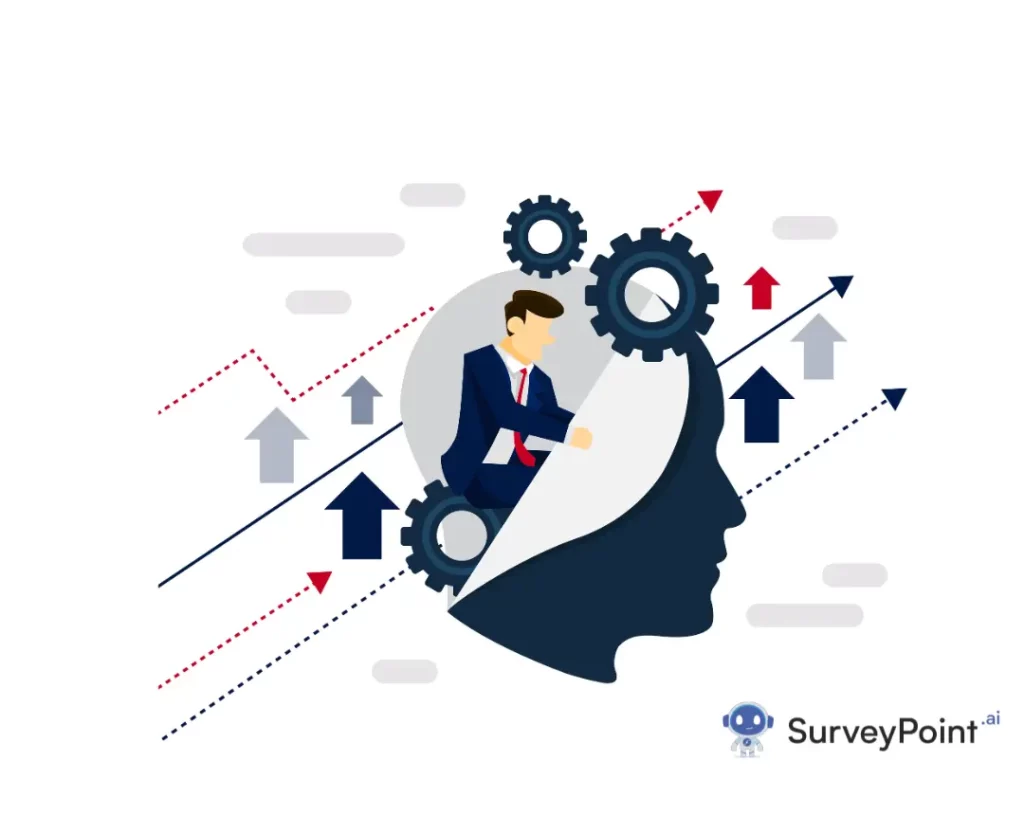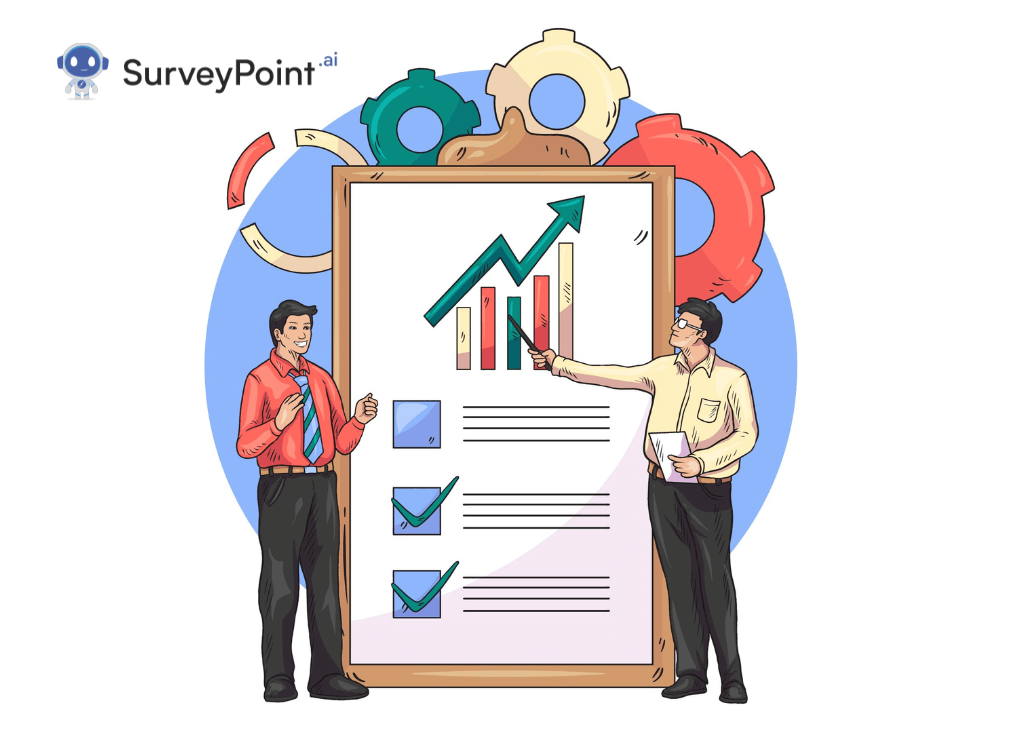
In the labyrinthine world of management, decision making is the compass that guides leaders through the myriad of choices, challenges, and opportunities. Every day, managers are faced with decisions that shape the trajectory of their organizations, impacting everything from profitability to employee morale. In this comprehensive exploration, we delve into the essence of management decision-making: its importance, characteristics, processes, techniques, and pitfalls. Through understanding the intricacies of decision-making, we equip ourselves with the tools to navigate the complex landscapes of modern business.
What is Management Decision Making?
Management decision-making is the process by which managers analyze various alternatives and choose the most suitable course of action to achieve organizational objectives. It involves a blend of intuition, analysis, experience, and judgment to address problems, capitalize on opportunities, and steer the organization towards success.
Why Decision Making Matters:
Decision-making is the lifeblood of effective management. Every decision, whether big or small, shapes the course of action and influences outcomes. In a dynamic business environment characterized by uncertainty and rapid change, the ability to make timely and informed decisions is paramount. Effective decision-making not only drives organizational performance but also fosters innovation, adaptation, and competitive advantage.
Characteristics of Decision Making:
Decision-making exhibits several key characteristics:
- Rationality: Decisions should be based on logical reasoning, factual information, and analysis rather than emotions or biases.
- Goal-oriented: Decisions should align with organizational objectives and contribute to achieving desired outcomes.
- Uncertainty: Decisions are often made in the presence of incomplete or ambiguous information, necessitating risk assessment and mitigation strategies.
- Alternatives: Decision-making involves evaluating multiple alternatives and selecting the most favorable option.
- Consequences: Decisions have consequences, both intended and unintended, which should be carefully considered.
- Time sensitivity: Timeliness is critical in decision-making, as delays can lead to missed opportunities or escalated problems.
Decision Making in an Organizational Context:
In organizations, decision-making occurs at various levels, from strategic decisions made by top executives to operational decisions handled by frontline managers. Decisions can pertain to resource allocation, product development, market expansion, staffing, cost-cutting measures, and more. The effectiveness of decision-making influences organizational performance, employee engagement, customer satisfaction, and stakeholder perceptions.
What is the Decision Making Process?
The decision-making process encompasses several sequential steps:
- Identification of the problem or opportunity: Managers must first recognize the need for a decision and define the issue at hand.
- Generation of alternatives: This involves brainstorming and exploring various courses of action that could address the problem or capitalize on the opportunity.
- Evaluation of alternatives: Each alternative is assessed based on criteria such as feasibility, cost, benefits, risks, and alignment with organizational goals.
- Selection of the best alternative: After careful analysis, the most suitable option is chosen as the preferred course of action.
- Implementation: The chosen alternative is put into action, requiring planning, resource allocation, and coordination.
- Monitoring and feedback: Progress is monitored, and feedback is gathered to assess the effectiveness of the decision and make adjustments if necessary.
Decision-Making Process in Management with Example:
Consider a manufacturing company facing declining sales due to increased competition and changing consumer preferences. The management identifies the problem and generates several alternatives, including launching new product lines, entering new markets, or implementing cost-saving measures. After evaluating each alternative based on market research, financial analysis, and risk assessment, the management selects the strategy of diversifying product offerings to appeal to a broader customer base. The chosen alternative is then implemented through product development, marketing campaigns, and distribution channels. Continuous monitoring allows the management to track sales performance, gather customer feedback, and refine their approach as needed.
Decision Making Techniques and Tools:
Various techniques and tools are available to support decision-making, including:
- Decision trees: Graphical representations that map out decision options, possible outcomes, and probabilities to aid in decision analysis.
- Cost-benefit analysis: Quantitative evaluation of the costs and benefits associated with different alternatives to determine the most cost-effective option.
- SWOT analysis: Examination of strengths, weaknesses, opportunities, and threats to assess the internal and external factors influencing a decision.
- Scenario planning: Anticipating multiple future scenarios and developing strategies to respond effectively to each potential outcome.
- Pareto analysis: Prioritizing alternatives based on the principle that a small number of factors (the “vital few”) account for the majority of the impact.
- Six Thinking Hats: A technique that encourages considering decisions from different perspectives, such as creativity, logic, emotions, and risk assessment.
Decision-Making Styles:
Decision-making styles reflect the approach and demeanor of managers in the decision-making process. Common styles include:
- Autocratic: Decisions are made by a single individual without consulting others, based on authority or expertise.
- Democratic: Decisions involve input from multiple stakeholders through collaboration, discussion, and consensus-building.
- Laissez-faire: Managers delegate decision-making authority to subordinates, allowing them significant autonomy and freedom.
- Analytical: Decisions are made systematically, relying on data, analysis, and logical reasoning to minimize risks and maximize outcomes.
- Intuitive: Decisions are made based on gut feelings, intuition, and personal judgment, often in situations of time constraints or ambiguity.
Types of Decision-Making in Management:
Decision-making in management can be categorized into various types based on the level of certainty, time sensitivity, and involvement of stakeholders. Common types include:
- Programmed vs. non-programmed decisions: Programmed decisions are routine and repetitive, while non-programmed decisions are novel and require unique solutions.
- Strategic, tactical, and operational decisions: Strategic decisions are long-term and affect the overall direction of the organization, tactical decisions are medium-term and involve resource allocation, and operational decisions are short-term and relate to day-to-day activities.
- Individual vs. group decisions: Individual decisions are made by a single person, whereas group decisions involve collective input and consensus-building among multiple stakeholders.
- Routine vs. strategic decisions: Routine decisions are made frequently and have minimal impact, whereas strategic decisions are infrequent and have significant implications for the organization’s future.
- Crisis vs. non-crisis decisions: Crisis decisions are made under pressure and require immediate action to mitigate risks or resolve emergencies, whereas non-crisis decisions are made in a more stable environment with time for deliberation and analysis.
Decision-Making Pitfalls:
Despite its importance, decision-making is fraught with pitfalls and cognitive biases that can impair judgment and lead to suboptimal outcomes.
Common pitfalls include:
- Confirmation bias: Tendency to seek out information that confirms preconceived beliefs or preferences while ignoring contradictory evidence.
- Overconfidence: Excessive belief in one’s abilities or the accuracy of one’s judgments, leading to risky or flawed decision-making.
- Anchoring bias: Fixation on initial information or reference points when evaluating alternatives, influencing subsequent judgments.
- Groupthink: Phenomenon where group members prioritize consensus and harmony over critical evaluation of alternatives, leading to conformity and flawed decisions.
- Escalation of commitment: Persistence in a course of action despite evidence of its failure or diminishing returns, driven by sunk costs or ego investment.
- Availability heuristic: Tendency to base judgments on readily available information or recent experiences, overlooking less accessible or less salient data.
Learn From Past Mistakes to Improve Your Decision Making:
Reflection on past decisions provides valuable lessons and insights for improving future decision-making. By analyzing successes and failures, identifying patterns, and understanding the factors contributing to outcomes, managers can refine their decision-making processes and enhance their effectiveness. Embracing a culture of learning and continuous improvement fosters resilience, innovation, and adaptability in the face of uncertainty.
Conclusion
Management decision-making is both an art and a science, requiring a blend of analytical rigor, strategic vision, and emotional intelligence. In today’s dynamic business landscape, where change is constant and uncertainty is the norm, effective decision-making is indispensable for organizational success. By understanding the intricacies of decision-making, leveraging appropriate techniques and tools, and learning from past experiences, managers can navigate the complexities of modern business with confidence and clarity, steering their organizations towards sustainable growth and resilience.



